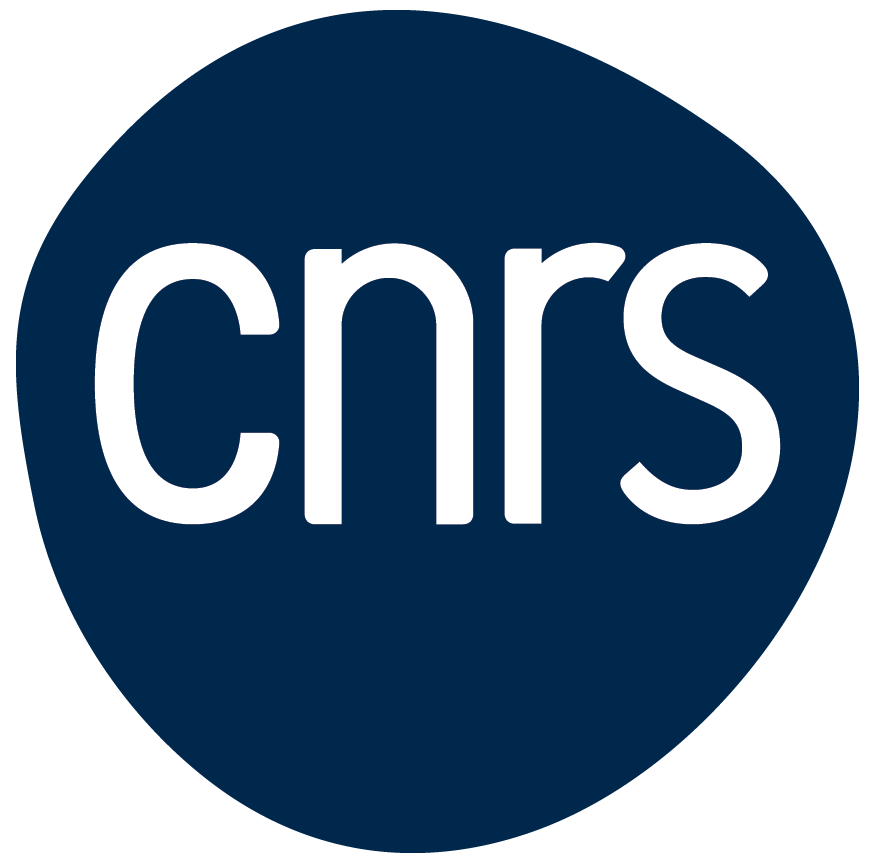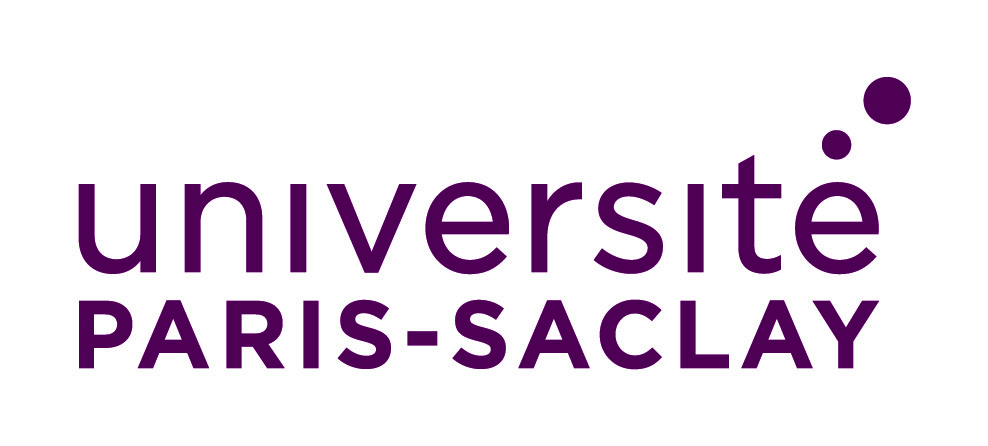Biology platform
The biology platform provides the technical resources to carry out experiments in molecular biology, biochemistry and cell biology.
Cell culture department
The Cell Culture Service provides all members of UMR 8612 with cell lines and experimental resources to evaluate the biological effects of nanocarriers developed within the laboratory (liposomes, nanoparticles, etc.).
The Institut Galien Paris-Saclay – UMR CNRS 8612 aims to design and develop pharmaceutical systems for controlled drug delivery and targeted administration of various active compounds.
Indeed, once administered—for example, orally or intravenously—active substances often face biological barriers (the molecule fails to reach its site of action) or enzymatic barriers (the active compound is rapidly degraded). This results in reduced efficacy, especially since the active compound is distributed randomly throughout the body, often causing toxic side effects. Active compounds carried within nanometric-sized vectors are protected and can be delivered directly to their therapeutic target: these are referred to as nanomedicines.
Such therapeutic innovations are made possible through the convergence of disciplines: formulation pharmacists, chemists, and physical chemists work together on the formulation and characterisation of nanomedicines. Ultimately, biology plays an essential role in characterising nanomedicines in terms of cytotoxicity, cellular internalisation, and inflammatory potential.
The Cell Culture department has six handling stations that meet type 2 requirements and comply with good laboratory practice.
Tasks and services of the cell culture department
It is a technical platform that provides researchers and young investigators with expertise and experimental equipment and resources for the biological characterisation of nanomedicines.
It pools fundamental and technical knowledge and methodologies to conduct projects in the form of traditional or collaborative, internal or external participations or services.
The department offers classic cellular models, and the tests carried out mainly assess the cytotoxicity of formulations. However, depending on requirements, other cell systems and experimental approaches can be configured
.
In vitro analysis methods
Raising awareness of Good Laboratory Practice
Particular attention is paid to :
– The quality, reliability and traceability of experiments :
– Rigorous management of cell banks
– Data banks for each cell type
– Mycoplasma detection test: MycoAlert PLUS Mycoplamsa Detection Kit – LONZA
– Reproducibility of results
– Good pipetting practice: reverse pipetting
– Detailed drafting of standardised protocols or protocols adapted to specific experimental conditions
– Compliance with Health and Safety instructions:
– Strict procedures for disposing of biological waste
– Wearing of PPE
Cellular models
– Human or murine cell lines, tumour, healthy
– Fluorescent and luminescent cell lines
– Primary cultures, commercialised or made from exereses
– Co-culture models mimicking the intestinal barrier
– Models mimicking the blood-brain barrier
– Three-dimensional cultures or spheroids, which may be single or multicellular
ELISA :
– Mouse TNFα Uncoated Elisa Kit – Invitrogen 88-7324-88
– Mouse IL-2 Uncoated Elisa Kit – Invitrogen 88-7024-88
– Mouse IL-6 Uncoated Elisa Kit – Invitrogen 88-7064-88
Transcriptomic analyses – Collaboration with the ACTAGen Platform (TRANSPROT):
-
RNA extraction
-
RNA quantification and quality control
-
RT-qPCR
Proteomic analyses:
-
Protein extraction and quantification
-
Western blot
Microscopic analyses – Collaboration with the MIPSIT Platform:
-
Cell staining
-
Cellular distribution of nanoparticles
In vivo analyses – Collaboration with the Animex Platform:
-
Cell expansion
-
Animal injections
List of Main Equipment
List of Main Equipment
-
5 Class II Microbiological Safety Cabinets, EN 12469 NF: Thermo MSC Advantage
-
1 Class II Safety Cabinet, VBH 48 MP, EN 12469 NF, reserved for nucleic acid handling
-
2 Panasonic MCO-18AC-PE incubators
-
1 Panasonic MCO-5M-PE incubator
-
1 Thermo 8000 WJ incubator (Hypoxia)
-
1 Narco 6101 C incubator
-
1 LEEC Touch 190S incubator
-
2 Olympus CKK53 inverted microscopes
-
2 NIKON Eclipse TS100 inverted microscopes
-
1 Olympus EP50 camera
-
1 JOUAN CR4i centrifuge
-
1 Thermo Sorvall ST16R centrifuge
-
1 Eppendorf 5418 centrifuge
-
1 Life Technologies Countess II FL cell counter
-
1 BD Accuri C6 cytometer, lasers 488 nm and 630 nm
-
1 Labsystems Multiskan MS microplate reader + Epson LX300 printer
-
1 Labtech LT 5000 MS microplate reader – AMPRS-900
-
1 Heidolph Titramax 1000 6-plate shaker




